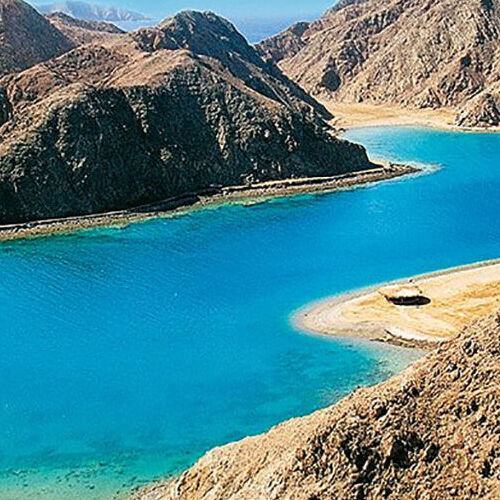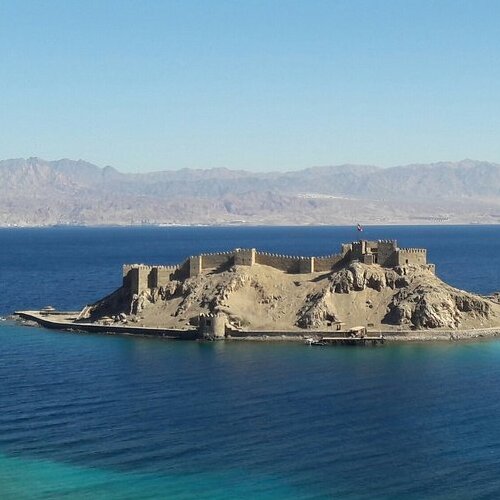Taba: A Corner of Paradise Between Sands and Seas
The History Of Taba
Taba, nestled in the Sinai Peninsula, has been a pivotal junction since ancient times. Like many areas in Sinai, it served as a crucial meeting point for trading caravans that traversed the deserts, connecting the Arabian Peninsula with the fertile lands of Egypt.
The Ottoman Era and Egypt's Eastern Borders
The history of Taba took a significant turn with the death of Khedive Tawfiq in 1892. The Topkapı Palace, then the epicenter of the Ottoman Empire, which controlled Egypt and other regions, declared Khedive Abbas Helmi II as his successor. During this period, the Ottoman Sultan Abdul Hamid II, keen to curb British influence in Ottoman territories, decreed the closure of Egyptian access to the Gulf of Aqaba.
However, the Egyptians contested this decision, leading to the establishment of Egypt’s clear eastern borders, extending from a point east of El Arish in the north to present-day Taba at the Gulf of Aqaba’s tip.
Taba's Strategic Importance and International Recognition
In 1906, the Ottomans attempted to assert control over Taba by positioning soldiers and artillery on the high plateau of Ras Taba. This move was later rescinded, and British authorities subsequently demarcated internationally recognized borders that included Taba within Egypt.
With Great Britain’s recognition of Egypt’s independence and sovereignty, Taba’s status as part of Egypt received global validation by various world leaders.
Post-Suez Crisis and the Road to Sovereignty
The Tripartite Aggression in 1956, initiated by Britain, France, and Israel following President Gamal Abdel Nasser’s nationalization of the Suez Canal, led to peace treaties that reaffirmed Taba as Egyptian territory, placing the armistice line north of the city.
The 1967 war saw Israel occupying the entire Sinai Peninsula, including Taba, for six years. It wasn’t until the October War of 1973 that Egypt began reclaiming its sovereignty over Sinai. However, Taba remained under Israeli control even after the 1978 Camp David Accords, signed by Egyptian President Anwar El Sadat, which facilitated the return of most of Sinai to Egypt.
The Final Chapter: Regaining Taba
It was under President Hosni Mubarak that Egypt’s efforts to regain Taba culminated successfully. After protracted negotiations and international arbitration, Taba was returned to Egyptian authority on March 19, 1989. Following this historic achievement, the Egyptian government focused on developing Taba, significantly enhancing its infrastructure and constructing numerous facilities.
Taba Today: A Touristic Haven
The establishment of the nearby Nabq International Airport transformed Taba into a major tourist destination. Today, the city boasts over ten hotels and various resorts, catering to the diverse needs of tourists and visitors. Taba’s rich history and strategic location, combined with its stunning natural beauty and modern amenities, make it a unique and attractive destination for travelers from around the world.
Created On March 25, 2020
Updated On January 25, 2024



